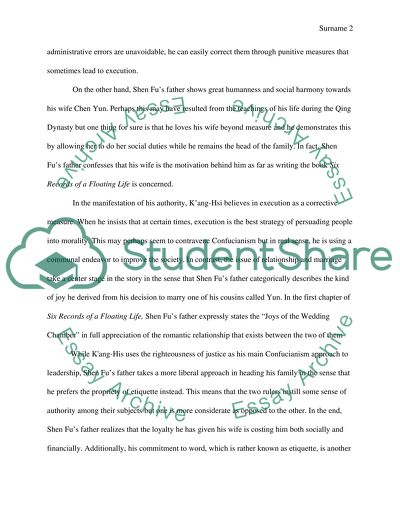Cite this document
(“Comparison between Shen Fus Father and Kang-Hsis Styles of Ruling Essay”, n.d.)
Retrieved from https://studentshare.org/history/1628560-comparison-between-shen-fus-father-and-kang-hsis-styles-of-ruling
Retrieved from https://studentshare.org/history/1628560-comparison-between-shen-fus-father-and-kang-hsis-styles-of-ruling
(Comparison Between Shen Fus Father and Kang-Hsis Styles of Ruling Essay)
https://studentshare.org/history/1628560-comparison-between-shen-fus-father-and-kang-hsis-styles-of-ruling.
https://studentshare.org/history/1628560-comparison-between-shen-fus-father-and-kang-hsis-styles-of-ruling.
“Comparison Between Shen Fus Father and Kang-Hsis Styles of Ruling Essay”, n.d. https://studentshare.org/history/1628560-comparison-between-shen-fus-father-and-kang-hsis-styles-of-ruling.


